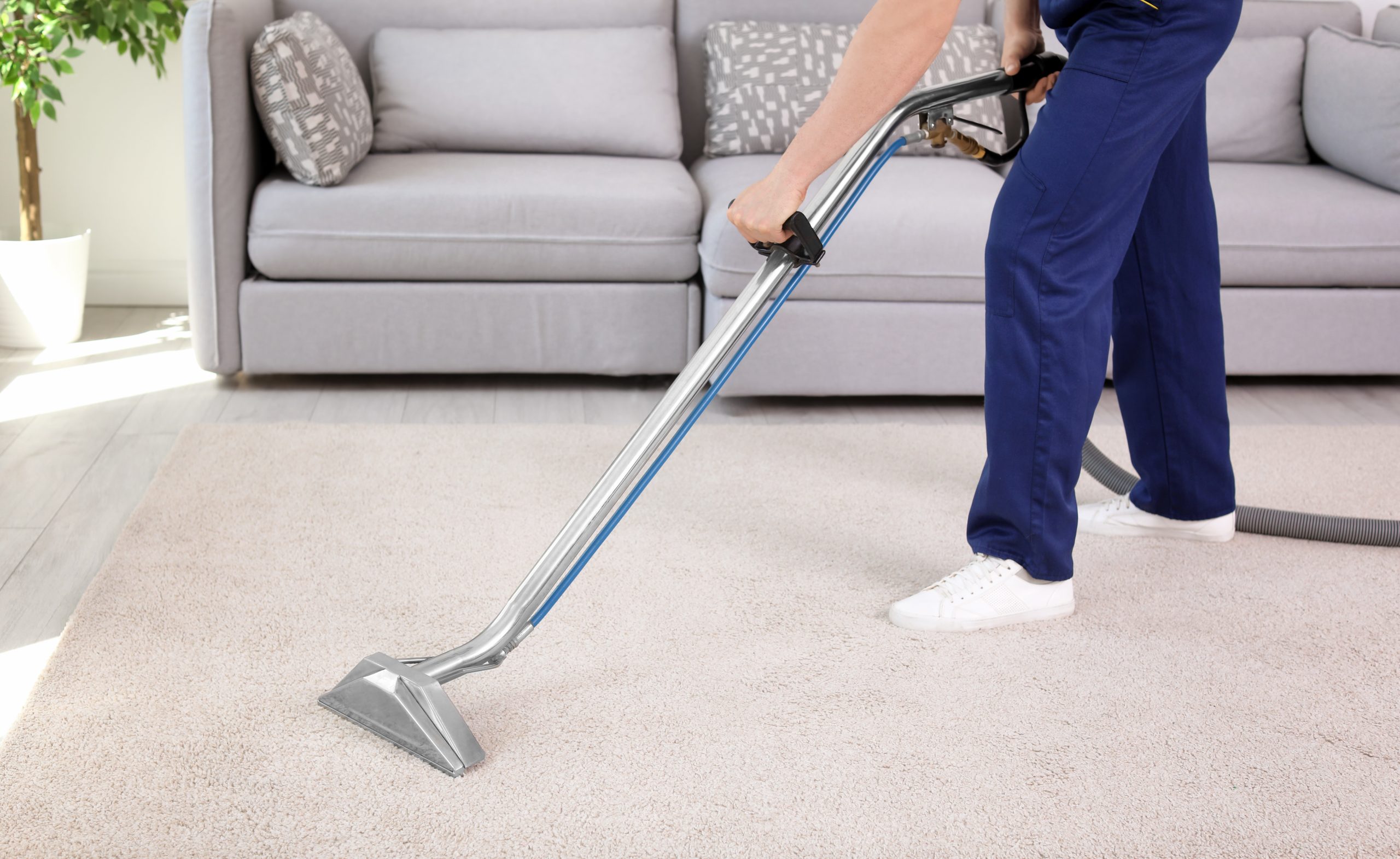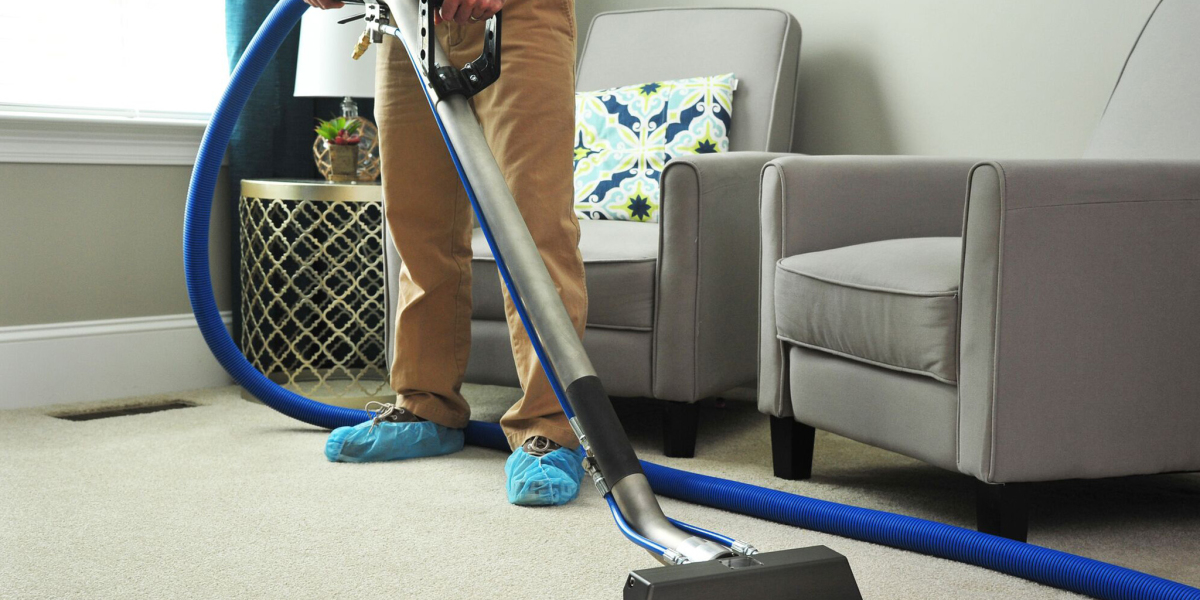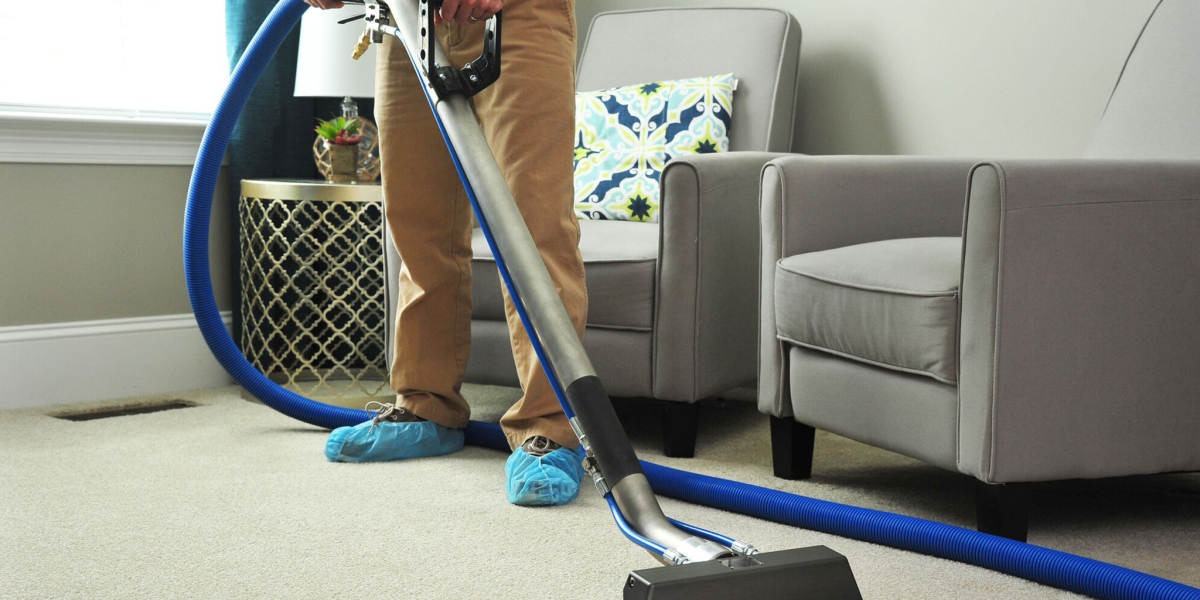Carpet cleaning is an essential aspect of maintaining a clean and healthy indoor environment. As a ubiquitous feature in homes and commercial spaces, carpets accumulate dirt, allergens, and stains over time, necessitating regular cleaning. This observational research article explores various carpet cleaning practices, the methods employed, and the impact of these practices on carpet longevity and indoor air quality.
To understand the landscape of carpet cleaning, we conducted observations in a diverse range of settings, including residential homes, offices, and commercial establishments. The observations were made over a period of several weeks, allowing us to capture a variety of cleaning methods, frequency, and consumer attitudes towards carpet maintenance.
Frequency of Cleaning
One of the first aspects we noted was the frequency of carpet cleaning. In residential settings, cleaning schedules varied significantly. Some households adhered to a strict routine, vacuuming at least once a week and scheduling deep cleaning every six months. In contrast, other homes exhibited a more lax approach, with vacuuming occurring less frequently and deep cleaning only done when stains became apparent or when guests were expected.
In commercial settings, particularly in offices and retail spaces, carpet cleaning was more systematic. Many establishments employed professional cleaning services on a regular basis, often quarterly or bi-annually. The rationale behind this consistent approach seemed to be twofold: maintaining a professional appearance and prolonging the life of the carpet investment.
Cleaning Methods
The methods employed for carpet cleaning varied widely among the observed settings. In residential homes, manual vacuuming was the most common initial step. Most households used upright or canister vacuums, with varying levels of suction power and filtration systems. Interestingly, many homeowners expressed a preference for bagless models, citing convenience and the ability to see the amount of dirt collected.
Deep cleaning methods observed included steam cleaning, dry cleaning, and shampooing. Steam cleaning, which uses hot water extraction, was frequently cited as the most effective method for removing deep-seated dirt and allergens. Homeowners using this method often rented machines from local stores or hired professionals. In contrast, dry cleaning methods, which involve applying a solvent and using a machine to agitate the carpet fibers, were less common but noted for their quick drying time.
In commercial settings, we observed the use of large-scale equipment, such as carpet extractors and rotary machines. These machines, often operated by trained professionals, demonstrated the ability to cover large areas efficiently. The use of eco-friendly cleaning solutions was also prevalent in many commercial establishments, reflecting a growing awareness of environmental concerns.
Consumer Attitudes
Consumer attitudes towards carpet cleaning also emerged as a significant theme during our observations. Many homeowners expressed a strong emotional connection to their carpets, often viewing them as integral components of their home decor. This emotional investment translated into a desire for effective cleaning solutions that would not only maintain the aesthetic appeal but also ensure a healthy living environment.
However, a notable portion of the population exhibited a lack of awareness regarding the importance of regular carpet cleaning. Some individuals believed that vacuuming alone was sufficient, while others underestimated the potential health risks associated with unclean carpets, such as the accumulation of dust mites, mold, and allergens.
In commercial settings, the attitudes were markedly different. Business owners and managers recognized the importance of maintaining clean carpets as part of their brand image. The feedback from customers regarding cleanliness was often seen as directly linked to their overall experience. Consequently, many businesses prioritized carpet maintenance as a critical component of their operational strategy.
Impact on Indoor Air Quality
One of the most compelling observations made during our research was the impact of carpet cleaning on indoor air quality. Homes and offices with regularly cleaned carpets exhibited significantly lower levels of airborne allergens and particulate matter compared to those with infrequent cleaning. This finding aligns with existing literature that suggests that carpets can act as sinks for dust and allergens, releasing them back into the air if not properly maintained.
In households where deep cleaning was performed regularly, residents reported fewer allergy symptoms and improved overall health. Conversely, in settings where carpets were neglected, occupants often experienced increased respiratory issues, particularly during allergy seasons. This observation underscores the importance of not only maintaining the aesthetic quality of carpets but also considering their role in promoting a healthy indoor environment.
Conclusion
The observational research conducted on carpet cleaning practices reveals a complex interplay of frequency, methods, consumer attitudes, and health implications. While many individuals recognize the importance of maintaining clean carpets, there remains a significant gap in awareness regarding the health risks associated with neglecting this aspect of home and office maintenance.

As the carpet cleaning industry continues to evolve, driven by innovations in cleaning technology and growing environmental consciousness, it is essential for consumers to stay informed about best practices. Regular cleaning, employing effective methods, and understanding the impact on indoor air quality are crucial steps towards ensuring a clean, healthy, and aesthetically pleasing environment.
In conclusion, Carpet Cleaner cleaning is not merely a chore; it is an investment in the health and well-being of individuals and families. By adopting a proactive approach to carpet maintenance, consumers can enhance their living spaces and contribute to a healthier indoor atmosphere.








